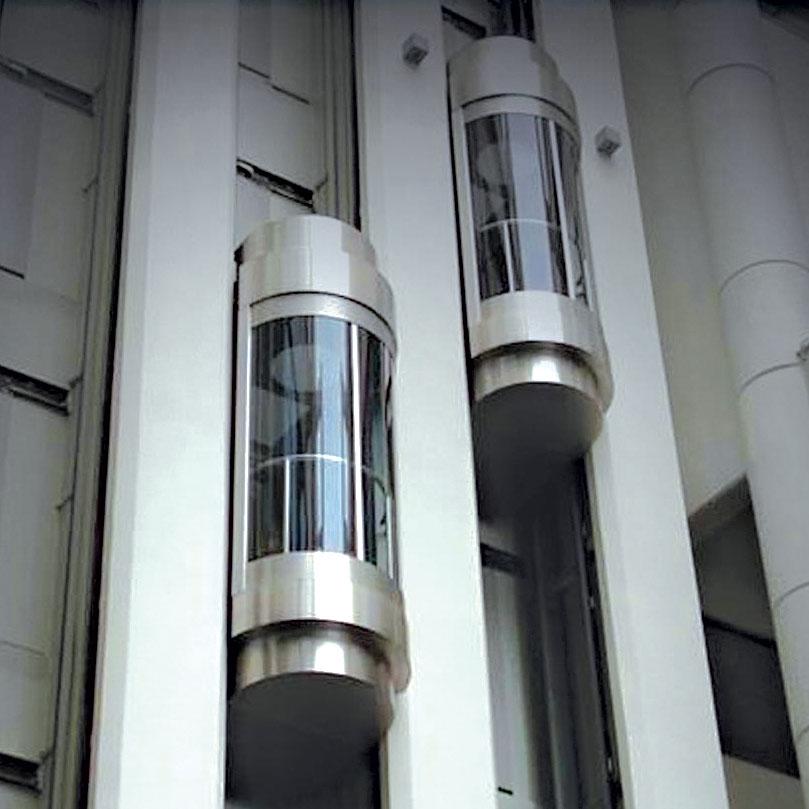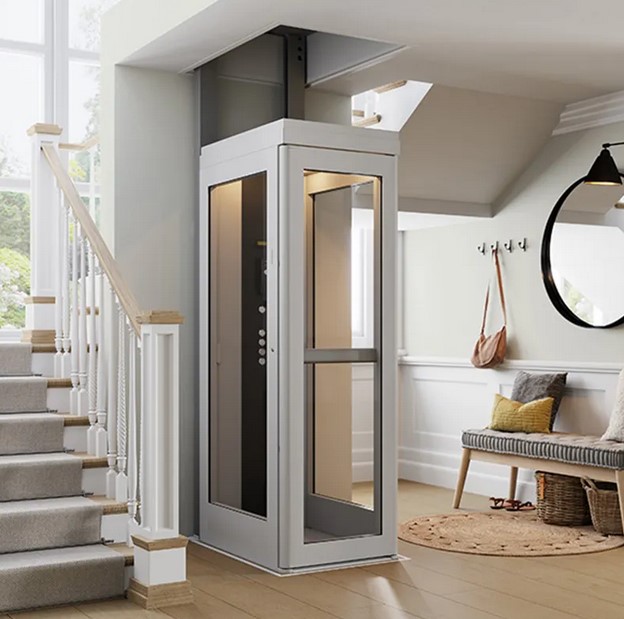London Lift Company: Relied On Professionals for All Your Upright Transport Demands
London Lift Company: Relied On Professionals for All Your Upright Transport Demands
Blog Article
Diving Into the Globe of Elevators: Common Concerns Encountered by Different Lift Systems
As we navigate with the upright transport systems of modern-day buildings, lifts stand out as a crucial part of our day-to-day lives. From hydraulic elevators to traction systems and machine-room-less designs, each lift type comes with its collection of typical issues.
Hydraulic Elevators
Hydraulic elevators, frequently preferred for low-rise buildings, make use of fluid pressure to regulate the movement of the elevator vehicle (lift repair companies). This system involves a hydraulic pump pressing oil right into a cylinder, causing the elevator to move in the wanted instructions. While hydraulic lifts are known for their smooth and peaceful operation, they do come with their own collection of common concerns
One common issue with hydraulic elevators is oil leak. The seals in the hydraulic system can wear in time, causing oil seepage. This not just creates a mess but can also affect the lift's performance if left unaddressed. In addition, problems with the control system, such as damaged shutoffs or a malfunctioning pump, can trigger interruptions in the elevator's motion.
Routine maintenance and punctual repair work are crucial to ensure the smooth performance of hydraulic elevators. By attending to these usual concerns proactively, structure proprietors can reduce downtime and make certain the safety and security and performance of their upright transportation system.
Traction Elevators
When thinking about upright transport systems in structures, another typical type apart from hydraulic lifts is the traction elevator. Traction elevators run making use of a system of ropes and weights that relocate the lift vehicle by grasping onto the hoist ropes. This mechanism permits for smoother and much faster vertical transportation contrasted to hydraulic systems.
Among the typical concerns dealt with by traction elevators is rope wear. The constant movement of the ropes within the grip system can cause wear and tear gradually, possibly creating the lift to malfunction or become unsafe for usage. Routine examinations and maintenance of the ropes are vital to make certain the elevator's proper functioning and safety.
An additional issue that traction lifts might encounter is connected to the control system. Troubles with the control system can lead to issues such as irregular activity, hold-ups in response times, or perhaps full shutdowns. Regular screening and maintenance of the control system are essential to avoid such concerns and ensure the elevator's dependability.
Machine-Room-Less (MRL) Elevators

One of the vital parts of MRL elevators is the london lift company portable gearless traction maker that is set up within the hoistway. This maker successfully drives the elevator car without the demand for bulky equipment discovered in conventional traction elevators. Additionally, MRL elevators commonly utilize a weight system to stabilize the automobile, more boosting their energy performance.
Regardless of their benefits, MRL lifts might face difficulties related to repair and maintenance due to the constrained room for devices installation. Ease of access for servicing components within the shaft can be limited, calling for specialized training for technicians. Correct upkeep routines and regular inspections are vital to make sure the disabled platform lifts prices uk ongoing smooth operation of MRL lifts.
Overloading and Weight Restriction Issues
Straining and weight restriction concerns are critical concerns in lift procedures. Lift suppliers layout lifts with specific weight abilities to guarantee passenger security and tools durability.
When lifts are strained, it places too much strain on the motor, cable televisions, and various other parts, potentially creating malfunctions or failures. Safety mechanisms such as sensing units and overload sensors are in place to stop lifts from relocating if they spot excess weight. In addition, going beyond weight limits can bring about raised energy intake and wear and tear on the lift system.
To mitigate overwhelming issues, developing supervisors should prominently show weight limits in elevators and educate passengers on the relevance of sticking to these constraints - lift repair companies. lift repair near me Routine maintenance checks by certified service technicians can likewise assist make sure that lifts are running within risk-free weight specifications. By addressing overloading and weight restriction concerns proactively, structure owners can boost lift safety and security and performance
Electrical System Failings
Exceeding weight limits in elevators can not just result in mechanical issues but likewise potentially contribute to electric system failures within the lift facilities. Electrical system failings are an important issue in elevator operation, as they can cause unanticipated closures, breakdowns, or perhaps safety dangers. One usual electric issue is the getting too hot of components due to excessive existing circulation brought on by overloading the lift past its capacity. This can bring about damage to the motor, control, or circuitry systems, causing expensive repair work and downtime.
Moreover, power surges or fluctuations in the electric supply can likewise interrupt the lift's procedure, affecting its efficiency and security. These electric disturbances can damage sensitive lift parts such as control board, circuit boards, or sensing units, causing system failures. Normal maintenance and evaluations are critical to recognize and resolve prospective electrical concerns quickly, ensuring the reliable and safe procedure of elevator systems. By sticking to weight limits and conducting regular electric system checks, building proprietors can reduce the threat of electrical failings in elevators.
Verdict

Hydraulic elevators, typically favored for low-rise structures, use fluid pressure to manage the motion of the elevator vehicle.When taking into consideration upright transportation systems in structures, another typical type aside from hydraulic lifts is the traction lift. Traction elevators operate utilizing a system of ropes and counterweights that relocate the elevator automobile by clutching onto the hoist ropes. Unlike traditional lifts that call for a separate machine room to house the tools, MRL lifts integrate most of the elements within the shaft, eliminating the requirement for a committed maker area.In conclusion, elevators encounter usual issues such as hydraulic malfunctions, grip system failures, and electric system issues.
Report this page